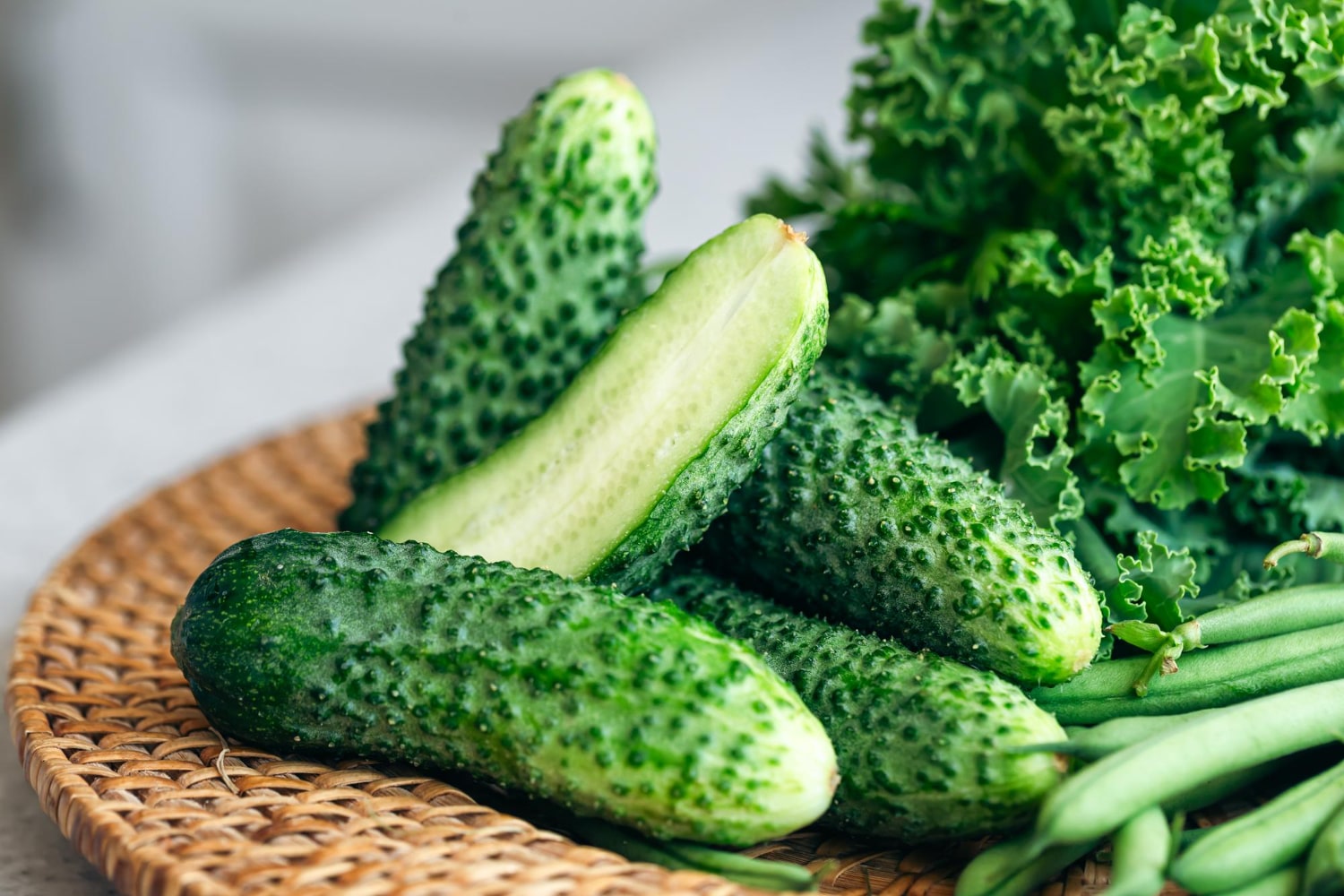Cucumbers are one of the most popular vegetables in the world and have been a staple of human diets for thousands of years. They refresh in the heat, add crunch to salads, and serve as the foundation for countless culinary creations. Yet behind this familiar vegetable lies a fascinating history and many surprising facts. Below are interesting and educational insights about cucumbers that you might not know.
- Cucumbers have been cultivated for more than six thousand years. Their origin traces back to modern-day India, where they still grow wild. From there, they spread to Mesopotamia, Ancient Egypt, Greece, and Rome.
- In Ancient Egypt, cucumbers symbolized youth and health. They were placed in the tombs of pharaohs as a gift believed to ensure eternal life. The Greeks enjoyed cucumbers as a refreshing food, while the Romans grew them in early greenhouse structures.
- Botanically speaking, the cucumber is not a vegetable but a fruit. It belongs to the gourd family and is classified as a berry because it contains seeds inside. Nevertheless, it is traditionally treated as a vegetable in cooking.
- A cucumber is made up of about 95–97% water. This high water content makes it excellent for hydration and cooling in hot weather. For this reason, cucumbers are often recommended in diets to maintain the body’s fluid balance.
- Cucumbers contain many beneficial nutrients, including potassium, magnesium, phosphorus, silicon, and vitamins C, K, and B. They help cleanse the body, strengthen blood vessels, and support healthy skin.
- Cucumbers are known for their antioxidant properties. They help neutralize free radicals, which accelerate cell aging. That is why cucumber masks are popular as a natural skincare treatment.
- Cucumber juice has been used in cosmetics for centuries. It reduces puffiness, soothes tired eyes, and softens the skin. Many ancient beauty recipes included cucumber-based compresses.
- Cucumbers can absorb and release aromas. If you cut one end and rub it against the other, a distinctive scent appears as enzymes interact. In folklore, this phenomenon gave rise to sayings about the “angry end” of the cucumber.
- There are more than fifty varieties of cucumbers worldwide. They come in different shapes, sizes, and colors—some are smooth, others spiky; some are pale green, others dark. Each culture has its favorites, from Japan’s slender types to Eastern Europe’s pickling cucumbers.
- Pickled cucumbers first appeared over four thousand years ago in Mesopotamia. People there discovered that vegetables could be preserved in brine. The method spread globally and became a cornerstone of traditional cuisines.
- In medieval Europe, cucumbers were considered food for the elite. They were rare and often served only at banquets of the wealthy. By the seventeenth century, they appeared on royal tables in England and quickly became fashionable.
- In Ukraine and Russia, cucumbers have a special place in traditional cuisine. They are added to salads, soups, and cold dishes and are essential for pickling traditions passed down through generations.
- Cucumbers can purify not only the body but also the air. Their leaves release phytoncides—natural substances that kill harmful bacteria. Greenhouses filled with cucumbers are therefore considered beneficial to the environment.
- In ancient times, cucumbers were used for healing. Their juice was applied to burns, skin rashes, and fevers, while fresh slices were used to relieve thirst and headaches.
- Cucumbers help reduce stomach acidity. Their alkaline nature neutralizes excess acid, supporting digestion. For this reason, they are often recommended for people with heartburn or gastritis.
- In many cultures, cucumbers are believed to bring good luck. In Eastern countries, they are planted near homes as symbols of prosperity and protection. In India, they are even regarded as emblems of fertility.
- Cucumbers grow very quickly. Under favorable conditions, they can lengthen by several centimeters in a single day. Farmers often check their plants daily to avoid missing the harvest.
- Scientific studies have shown that cucumbers are sensitive to sound and touch. Experiments revealed that plants exposed to soft music or gentle handling grow faster. Scientists explain this as a reaction to environmental vibrations.
- The world’s largest cucumber was grown in the United Kingdom. It measured over one meter long and weighed more than twelve kilograms. This achievement was recorded in the Guinness World Records.
- Cucumbers are among the five most widely cultivated vegetables in the world, following tomatoes, cabbage, carrots, and onions. They are grown across almost every continent, from the United States to China.
- In modern nutrition, cucumbers are considered a “zero-calorie” food. The body spends more energy digesting them than they contain, which is why cucumber-based diets are popular for weight loss.
- The scent of fresh cucumber helps reduce stress. It contains volatile compounds that calm the nervous system. For this reason, cucumber fragrance is sometimes used in aromatherapy.
- In folk medicine, cucumbers are used to lower body temperature. Cold slices are placed on the forehead or neck to help cool the body naturally.
- There are also ornamental cucumber varieties cultivated for decoration rather than consumption. Their fruits have unusual shapes—star-like, striped, or resembling miniature pumpkins—and are popular in garden design.
Cucumbers are much more than a simple vegetable on our table. Their history, benefits, and diversity make them one of nature’s most remarkable gifts. These fascinating facts remind us that even the simplest things can hold countless amazing secrets.





